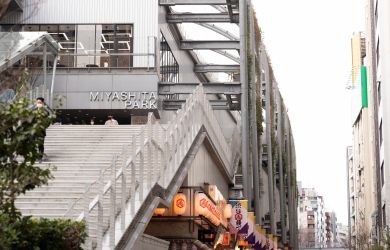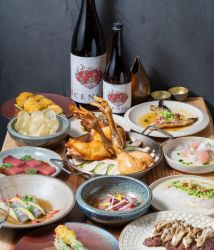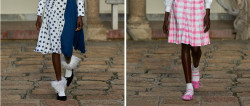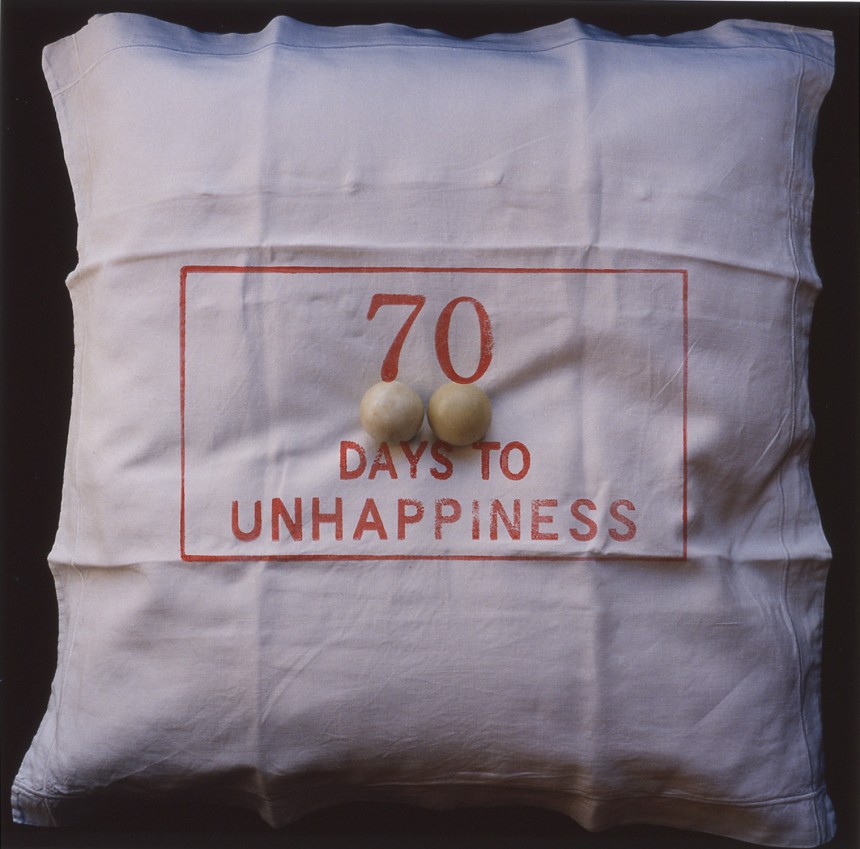
February 6, 2019
Momentos of Sadness
Sophie Calle’s remarkable “Exquisite Pain” returns to haunt Tokyo once again
By Paul McInnes
Melancholy and sadness permeate the new exhibition at the Hara Museum of Contemporary Art. Celebrated French artist Sophie Calle first displayed “Exquisite Pain” at the Hara Museum in 1999-2000 and it makes a welcome return 19 years later, just as powerful today as it was back at the fin de siècle.
Calle, an artistic polymath, appropriates text, photographs and memorabilia to narrate the story of her breakup with a partner in the mid-’80s. The first section of the exhibition is devoted to the countdown to the breakup with each art piece stamped with the number of days to her ultimate unhappiness. This part of “Exquisite Pain” is titled “Count down”, with the second section named “Count up” as she shares her, and others’, heartbreak and ultimate acceptance of their pain. The exhibition is a journey which takes the viewer from hope and love to misery and redemption.
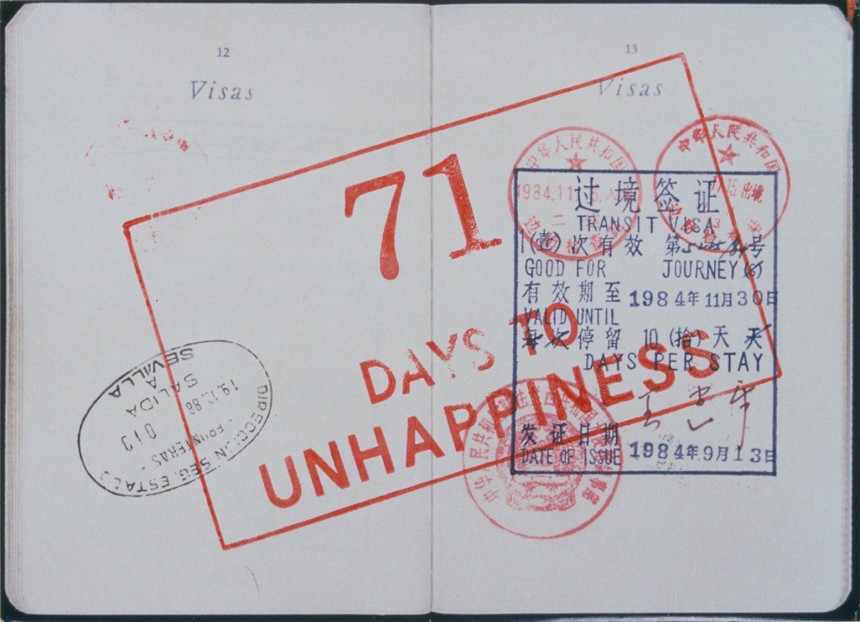
It’s a beautiful and seductive exhibition full of emptiness and dislocation. It takes the viewer on Calle’s 92-day journey from Moscow to Japan on the Trans-Siberian railway where Calle was awarded an artist’s grant for three months. The photographs, train tickets, polaroids, bank books and other mementos of her journey manifest pain and emotional torture as the countdown to her unhappiness begins. Calle is foremostly a photographer and writer. The love letters to her beloved (who goes on to betray her with another woman) are equally sweet as they are harrowing, given the viewer knows of the ultimate outcome. Calle’s photograph of ravens, taken in Japan, bears an uncanny resemblance to the work of Japanese photographer Masahisa Fukase’s seminal “Ravens.” Calle’s work is equally foreboding and solitary as Fukase’s impressionistic narrative.
Calle, while in Japan, looks simultaneously joyous and gloomy; there are snapshots of her looking disheartened in a tatami room which hint at her prescience of the breakup which is to come. “Exquisite Pain” makes both direct and veiled references to emptiness — images of an empty box, empty train seats and made and unmade beds. Most of the photography is in monochrome with the occasional pop of color such as the image of a Japanese breakfast of salmon, soup and sekigohan (sticky rice with red bean).
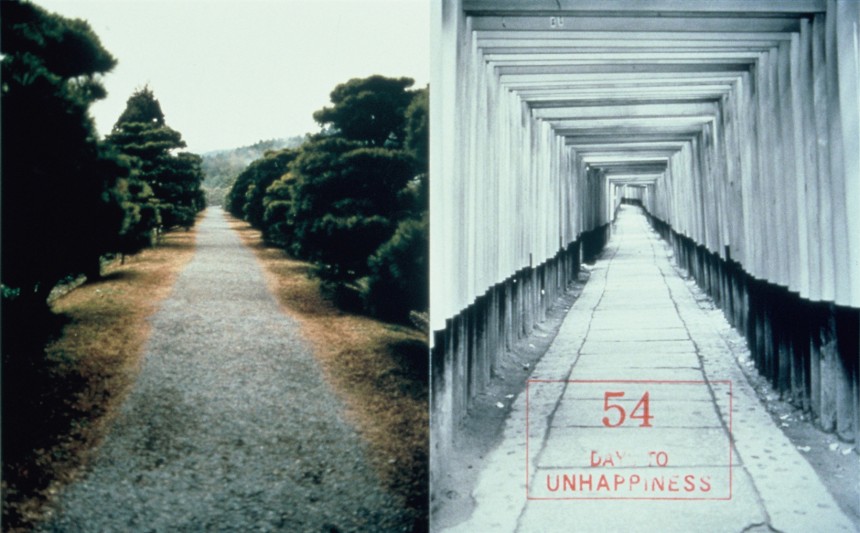
In the pieces titled “27 days to unhappiness” and “26 days to unhappiness,” Calle captures atmospheric snowfall in Japan which reminds the viewer of French poet François Villon’s famous line “Mais où sont les neiges d’antan?” (But where are the snows of our yesteryear?). Calle’s work is tinged with melancholy and a desire to revert back to a period of youthfulness and happiness. In this exhibition she refers to Japanese charms and fortunes through images of omikuji (fortunes) and jizo statues (protective Buddha figures) which are crushing references to the idea of luck and the absence of children — Calle is outspoken about never having wanted any offspring.
“Count up,” on the museum’s second floor, recounts Calle and others’ rehabilitation through a series of letters and stories. Calle writes in the program notes, “I started asking both friends and chance encounters: ‘When did you suffer most?’ I decided to do this systematically until I had managed to revitalize my pain by comparing it with other people’s…The method was radically effective: three months later, I was no longer suffering. The exorcism had worked.”
“Exquisite Pain,” is an utterly absorbing exhibition, an artistic palimpsest of pain. It’s an homage to heartbreak, emotional suffering, human frailty and redemption. The return of this exhibition to the Hara Museum is justification that the themes in which Calle wallows are universal and can be viewed as both melancholic and triumphant.
